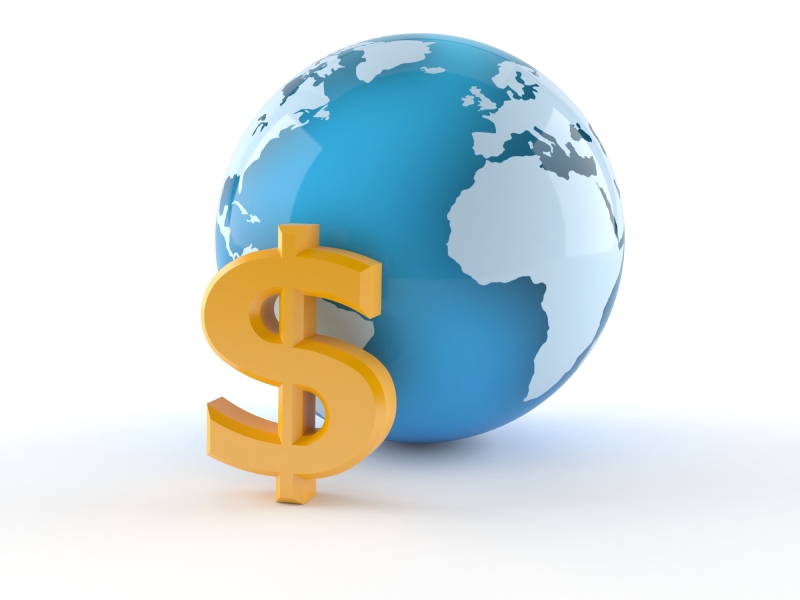
By Kyle Tetting
Despite an environment of increasing uncertainty, the overall market outlook seemed to improve by midyear. Broad measures of U.S. stocks like the S&P 500 spent much of June trying to recapture prior peaks while overall expectations for price instability seemed to be shrinking.
Higher valuations and lower volatility are welcome for investors, but they come with a host of caveats at a time when many issues remain unresolved. With little obvious change to underlying fundamentals, investors have watched portfolios return to levels that predate recent storm clouds – even with the potential for dark skies to return. Favorable resolutions to such concerns as global trade policies would support near-term optimism, but it’s too soon to tell.
Near-term optimism (or pessimism) tells us little about longer-term investment fundamentals. Fortunately, our approach is to build portfolios with a balance designed to weather near-term variables and focus on longer-term fundamental shifts.
With that in mind, it’s worth noting that amid the recent uncertainty there has been at least one meaningful fundamental shift.
Weakened dollar
Through the first half of 2025, the dollar has substantially declined in value. Strength or weakness in the dollar isn’t the same as strength or weakness for our country more broadly, but how much a dollar buys compared to other currencies carries a range of positives and negatives.
A weaker dollar – a dollar worth less relative to other currencies – makes overseas travel less affordable and goods and services from overseas more expensive to U.S. consumers. On the other hand, a weaker dollar makes U.S.-made goods and services more competitive on the global stage and travel into the U.S. more affordable. The inverse is true for a stronger dollar.
After an extended period of strength for the dollar, further weakening is possible because of murky trade policies and rising U.S. deficits, coupled with the potential for more stimulus directed at economic growth in other parts of the world. A fundamental shift to a weaker dollar creates opportunities both here and abroad.
U.S. manufacturing
Part of the stated goal of the current U.S. trade negotiations has been to recover offshored manufacturing capacity. With a weaker dollar, manufacturing in critical industries like pharmaceuticals and metals could benefit as goods produced here become more cost competitive to the rest of the world. That would help the bottom line of U.S. industrials and related businesses – and their investors.
Learn more
5 reasons to watch the dollar, by Steve Giles
Tariff volatility: Investor questions, by Kyle Tetting
Over there: Investing in a global economy, a Money Talk Video with Kyle Tetting
International Investing, from the Securities and Exchange Commission
How to Use International Stocks in Your Portfolios, by Morningstar
It should be noted that U.S. manufacturing output in our country has not been shrinking. U.S. industrial production has more than doubled since the early 1980s. It just so happens, though, that process efficiencies and advancing automation have meant manufacturing employment has been on the decline.
So, while a weaker dollar helps increase demand for output and ultimately profitability for manufacturers and their shareholders, history tells us it probably won’t add many jobs.
Non-U.S. investing
A second potential benefit from a weaker dollar is a bit counterintuitive. While a weaker dollar would likely help U.S. manufacturing, it also creates meaningful opportunity to invest overseas.
For example, an investment in a stock denominated in euros requires the investor to first acquire euros. Upon the sale of that stock, the investor receives euros in return. If, in the time between the purchase and sale, the value of the dollar has fallen relative to the euro, the investor would be able to buy more dollars for their euros than at the time of purchase. So, even if the investment didn’t move a penny, the investor could wind up with more dollars than when they started simply from the currency exchange.
Headwinds become tail winds
We’ve seen this exact scenario through the first half of 2025. Non-U.S. investments have benefited from a noticeable currency tail wind as the value of the dollar weakened. With expectations of further weakening, greater potential tail wind makes many non-U.S. investment options more attractive – especially after more than a decade of winds blowing the opposite direction.
Of course, investing outside of the U.S. depends on finding reasonable opportunities. While I remain optimistic about our country and many of our best businesses here, there are many great businesses that just don’t exist in the U.S.
What’s more, while U.S. stocks have largely had elevated valuations, most of the rest of the global market has stock prices closer to historical averages. In other words, investors willing to look beyond U.S. borders are likely to find strong and attractively priced businesses – with a potential extra boost from currency exchange.
For the past decade or more, we had leaned away from non-U.S. investments – to the benefit of most investors. But now that many U.S. stocks look expensive and given uncertainty and the need to continually reevaluate how we balance and diversify portfolios, these shifting winds create an opportunity to spread risk in places we haven’t relied on for some time.